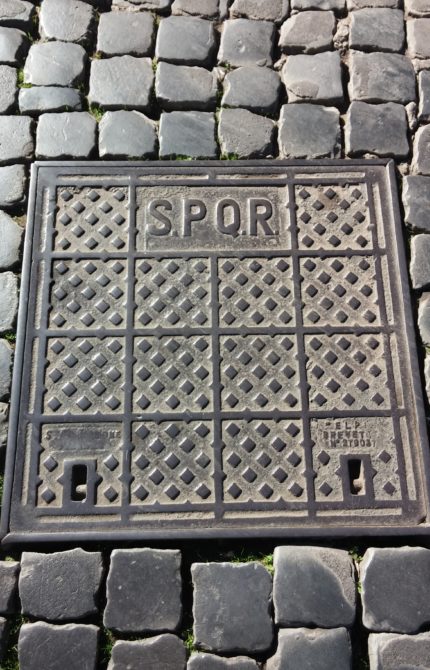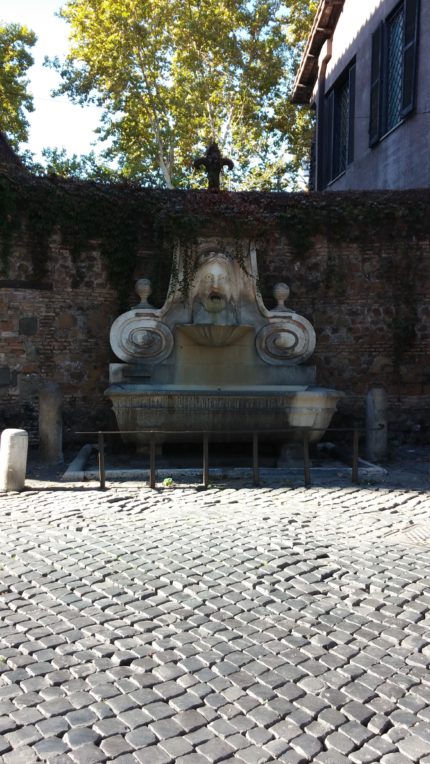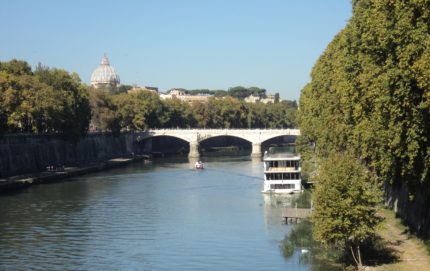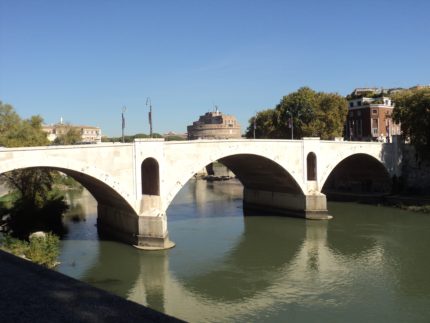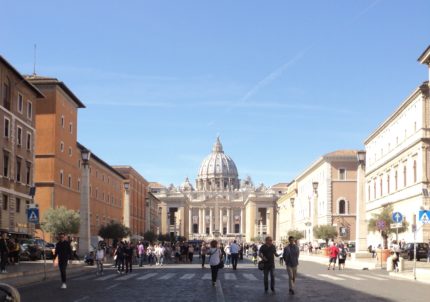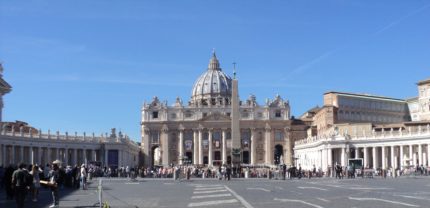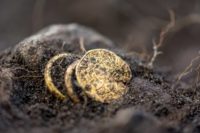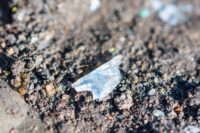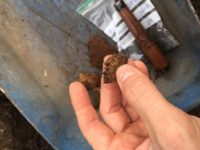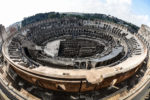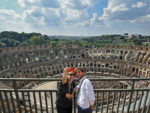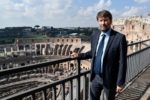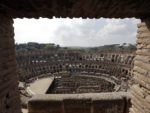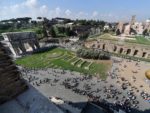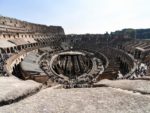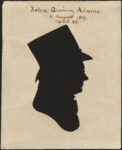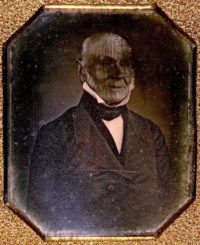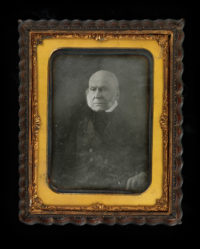Quick non-Roman one today because I’ve been having upload issues with the large images and I feel a pressing need to collapse in happy exhaustion. Thankfully I planned for just this eventuality and had some backup stories lined up.
 A team from Wessex Archaeology, contractors who have been surveying the site of a new soccer field at the Royal School of Artillery at Larkhill Garrisons in Wiltshire, has unearthed three inhumation burials from the Bronze Age. Because the camp is so close to Stonehenge on Salisbury Plain, all planned development sites get a thorough archaeological once-over before construction begins. Six trenches were dug into the natural chalk under the site and archaeological materials were found ranging in date from prehistoric to the World War II period.
A team from Wessex Archaeology, contractors who have been surveying the site of a new soccer field at the Royal School of Artillery at Larkhill Garrisons in Wiltshire, has unearthed three inhumation burials from the Bronze Age. Because the camp is so close to Stonehenge on Salisbury Plain, all planned development sites get a thorough archaeological once-over before construction begins. Six trenches were dug into the natural chalk under the site and archaeological materials were found ranging in date from prehistoric to the World War II period.
 The three Bronze Age burials are the oldest, although absolute dating of the human skeletal remains has not been done yet to confirm their ages. None of them contain grave goods which would have provided dates, but the types of burials, location and broken pottery found in the fill strongly suggests a Bronze Age origin.
The three Bronze Age burials are the oldest, although absolute dating of the human skeletal remains has not been done yet to confirm their ages. None of them contain grave goods which would have provided dates, but the types of burials, location and broken pottery found in the fill strongly suggests a Bronze Age origin.
Ruth Panes, the project manager for Wessex Archaeology, said: “Of the three burials, one was an infant and the other has been identified through osteological assessment as a teenage male aged 15 to 17.
“He would have been robust in appearance and his remains contained no obvious signs of pathology. The infant had been placed into a grave in an existing ditch and buried. Over time, the ditch gradually silted up and sealed the grave.
“Prehistoric pottery was found in the ditch fill which sealed the grave, which suggests the burial is also prehistoric. One body was placed in a crouched position and we know such burials typically date between 2400 to 1600 BC.”
Small samples of bone will be extracted from the remains for radiocarbon dating. Further osteological analysis of one of the three who appears to have been buried in a prone position, an unusual posture for an inhumation, should help determine age, sex, any health issues, the person’s lifestyle and perhaps cause of death. Because the positioning of the body of the grave is of particular interest, Wessex Archaeology has 3D scanned the burial in situ and made the model available to the public.
